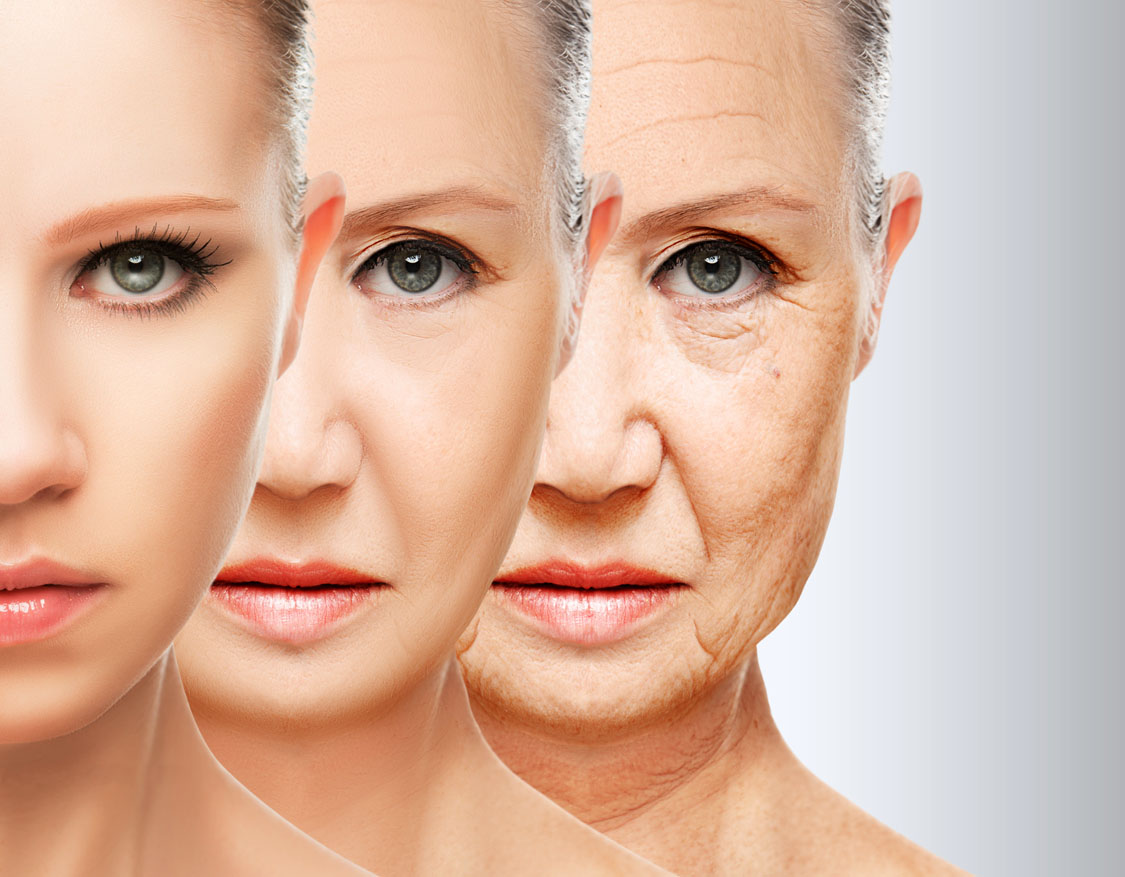02 Jan Measuring the speed of aging and how to slow it down
How does that 50-year-old friend not look a day over 25? Is she getting some amazing anti-aging treatment or is it a combination of healthy habits? Some people do age at a slower pace; researchers are now able to measure the rate of aging and to examine what factors contribute to this occurrence. This is exciting news, not only for taking preventative actions but also for evaluating if antiaging treatments work.
In a recent study published in the Proceedings of the National Academy of Sciences, 954 participants from New Zealand were followed from birth to 38. At ages 26, 32, and 38, 18 different biomarkers were calculated to assess how quickly they were aging. Researchers looked at factors typically linked to aging, such as blood pressure, lung function, body mass index, inflammation, cholesterol, and DNA. They compared the data taken from the baseline at age 26 with information collected at age 32 and 38 in order to compute the pace at which each person was aging. The results validated that not everyone was aging at the same rate.
Some people were biologically older than their chronological age and aging at a faster pace. These same people self-reported feeling worse in health and scored lower on tests of balance, strength, and motor coordination. They also showed a decline in their IQ tests and exhibited signs of elevated risk for stroke and dementia. As an additional assessment, researchers took photographs of each person at age 38 and asked a panel of Duke University undergraduates?blind to all details of the study?to rate the pictures. The panel, based on the facial images alone, scored the participants with advanced biological age as looking older than their biologically younger cohorts look. In other words, those that were aging faster looked older.
The good news: Some participants were biologically younger than their chronological age and aging more slowly. This is where it gets interesting; researchers are comparing the two groups to distinguish the factors that influence aging. The scientists believe that genetics only play a small role, and that the majority of factors are within our control.
The researchers will continue to track the study group and re-evaluate them again at age 45. They are also now charting participants’ diet, exercise, and additional behaviors.
What does this mean for facial cosmetic surgery? Stay tuned. Now that the pace of aging can be quantified, we will be able to glean important information about what life style practices work to slow down the aging process as well as comparing types of rejuvenation treatments and procedures for efficacy. In the meantime, Dr. Edds advises eating healthfully, exercising, managing stress, and getting enough rest. Enjoy your summer and don’t forget to apply sunscreen with a sun protection factor of at least 15 before heading outside; reapply every two hours during peak times of the day.



